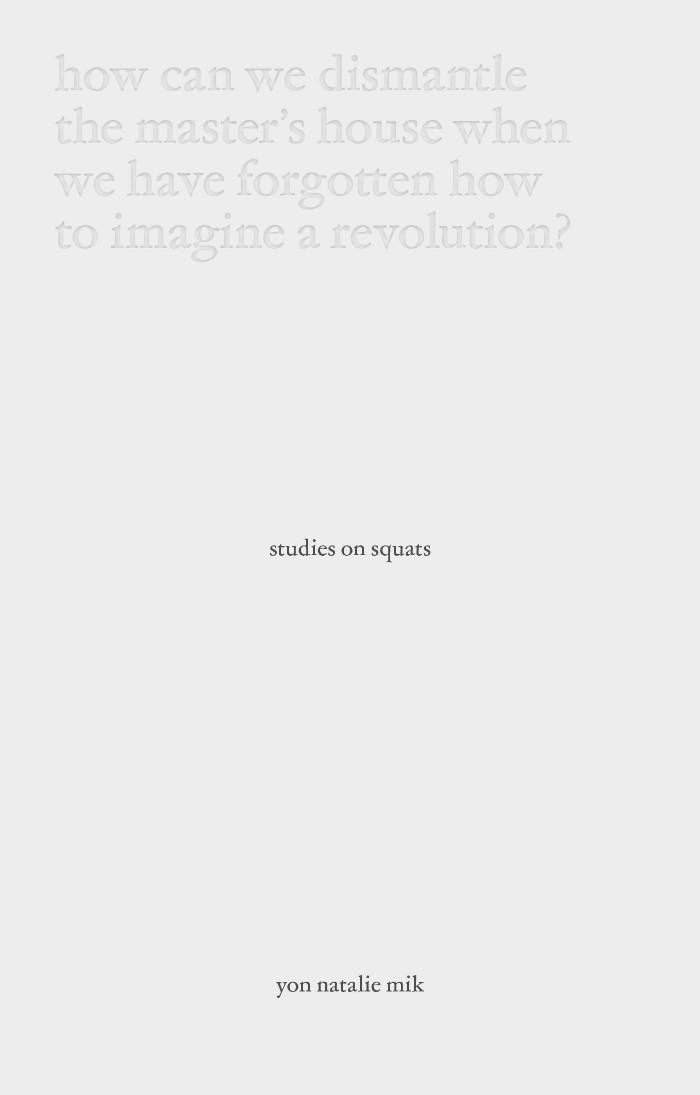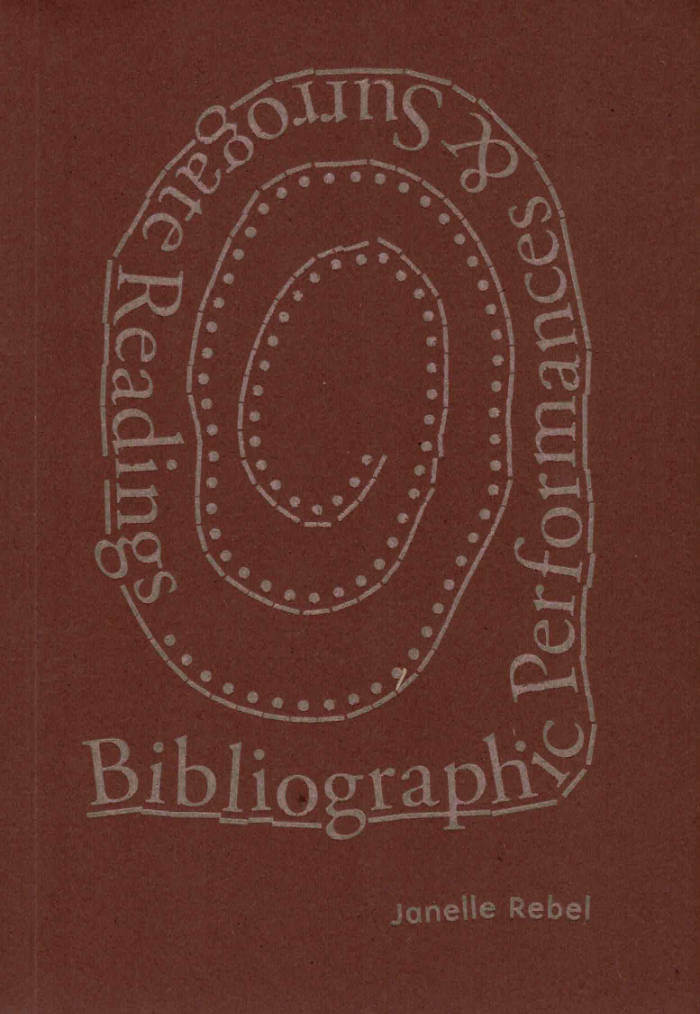
But how does it change the price of tomatoes in the market?
In 2021, seven Fellows of the postgraduate program of the Berlin University of the Arts (UdK) gathered in despair over the institution’s failings. This publication explores what happens next. It emerges from an experimental process of dialogue and documentation, and tackles questions regarding globalized art production and the dissemination of knowledge. A dense collage of both critique and transformative artistic practices, the book is a unique contribution to the debate on socially engaged art. Just as importantly, it provides a point of reference for artists in comparable situations: those who pursue their work in the face of deadlocked institutions which uphold the status quo despite claiming to do the opposite. It strives to be a helpful pointer for artists who insist nonetheless on their ethical and political prerogatives. Vulnerability and conflict will accompany any such process, inevitably, and our publication does not dissimulate any of these things—even as it charts possible paths beyond them.
With: Adnan Softić, Amelie Jakubek, Ami Lien, Enzo Camacho, Nina Softić, Okhiogbe Omonblanks Omonhinmin, Shehzil Malik and Sonia Hamad
Language: English







